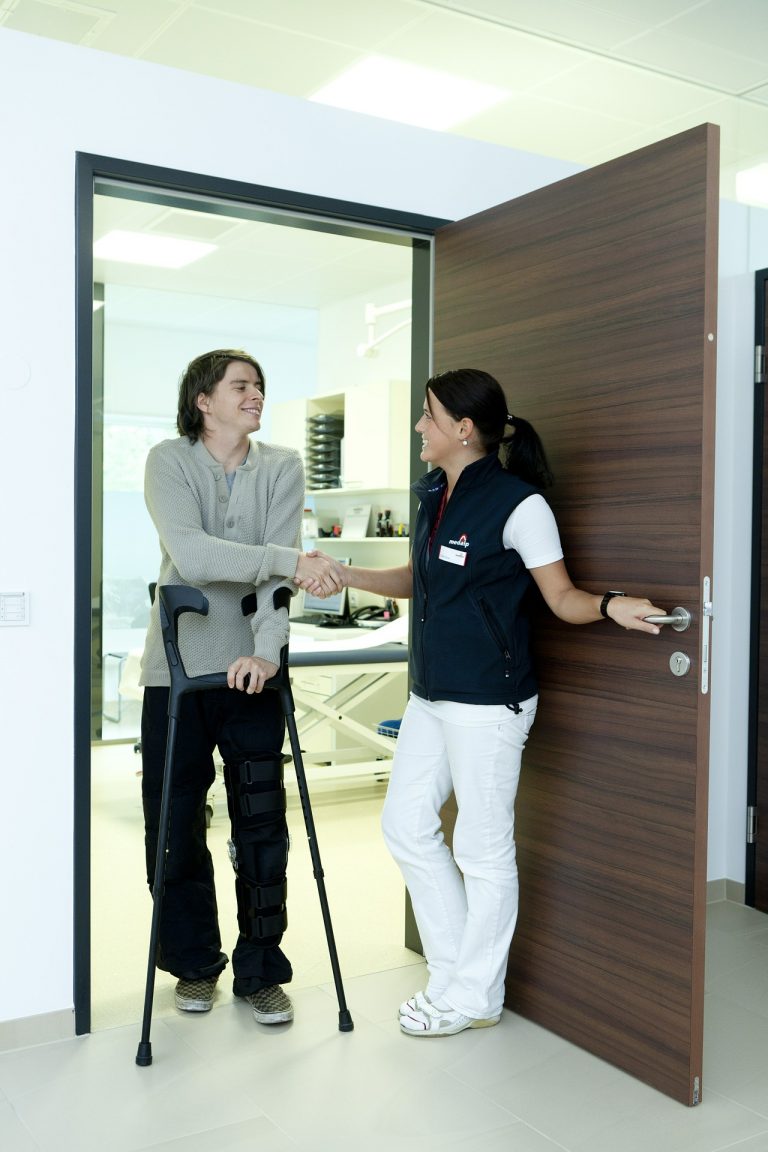With the rapid advances in technology, just about anything, today can be fixed – even height. Yes, in today’s modern age, anybody with enough monetary resources can increase their height after undergoing a cosmetic limb lengthening.
What is Cosmetic limb Lengthening?
Limb lengthening is a medical procedure in which either bone of the limb (femur or tibia) is broken, and gradually separated, while it heals. Usually, the bones are parted with
Types of Limb Lengthening Procedures
There are two ways to achieve the limb lengthening process:
- Using External Fixators
- Using internal fixators (nails)
1. Using External Fixators
The external fixator is the cheapest and most dangerous way to achieve limb lengthening.
As the name suggests, the broken bone is held in place by external fixators and the gap between the broken bone is gradually increased with time.
Initially, this was the first and only available option, although it was an invasive procedure that left telltale scars on the limbs.
2. Using internal nails
With the advancement in technology, came the use of internal nails for limb lengthening.
As the name suggests, the nails are put inside the bones of the limbs and held in place by screws.
The spacing between the nails can then be increased gradually, through a magnet or twisting of the limbs.
Internal nails are lesser of an invasive procedure and leave less scar tissue on the body.
Stages of Limb Lengthening
There are seven stages of limb lengthening:
- Examination (consultation)
- Preparation
- Surgery
- Distraction Phase
- Consolidation Phase
- Waiting Period
- Removal of Fixators
1. Examination (Consultation)
The examination stage, sometimes referred to as the consultation stage, as the name implies, is when you visit the doctor, to perform little checkups and tests on you.
During this period, the surgeon identifies, whether your body is conditioned to have a successful surgery.
Some common things the doctor might take note of are the flexibility of your muscles, joints movements, amount of muscles and soft tissues on your legs, weight, fitness levels etc.
If your body is not ready, he might recommend you to practice a particular way of life.
2. Preparation
The preparation stage involves preparing your body for the surgery.
During this phase, muscle stretches are recommended, to make your muscles more flexible.
You might need to change your diet to a plant-based diet, filled with vegetables amongst others.
This is because of the antioxidant properties of plants to the body.
3. Surgery
The time of the surgery varies depending on whether you choose the external or internal fixator.
Lots of painkillers will be given to you after surgery, and it is advised you have a loved one with you to take care of you during this time.
4. Distraction Phase
2 days immediately after surgery, is the start of the distraction phase. This is when the space between the fixators is increased, to cause lengthening of the bone.
The Doctor will recommend the rate of distraction for you. Ideally, the femur is only lengthened 1 mm daily, whereas the tibia is lengthened 0.75 mm per day.
5. Consolidation Phase
After the desired limb length has been achieved, the lengthening process is halted, and the bone is allowed to heal up.
This stage of the limb lengthening is called the consolidation phase.
6. Waiting Period
The Doctor will be taking X-rays of your bones, to determine when the consolidation is over.
After the consolidation, you will have to wait for at least 3 months, to allow full bone recovery and strength, after which you are allowed full weight-bearing.
7. Removal of Fixators
1 year, to 2 years after the limb lengthening you are allowed to remove the fixators, and finally enjoy your new height for good.
Common Limb Lengthening FAQs
Below are some of the most common frequently asked questions and answers about limb lengthening.
Cosmetic limb lengthening is one of the most expensive procedures a person can ever engage in.
The cost of limb lengthening varies from USD$100000 for bi tibia or femur lengthening.
Also, the cost of both bi tibia and femur lengthening can cost up to USD$200,000.
You will also be paying for daily physical therapy sessions, which can cost about $250 for the duration of the limb lengthening process.
Ideally, the surgery is done within a day. Most of the time during the surgery, the patient is usually asleep (due to anesthesia) and has no idea what is going on. Surgery times can range from 2 to 4 hours.
For the best results, it is advised not to exceed 8 cm when lengthening the femur and not to exceed 6 cm, when lengthening the tibia.
Depending on your adherence to the physical regimen, full-motion can be regained, six months post lengthening.
Like all medical procedures, undergoing limb lengthening also has its drawbacks. As a matter of fact, some of the drawbacks are even permanent.
Some common drawbacks are given below:
Loss of sensation in leg tendons
Amputation of the leg, if it becomes infected.
Breaking the leg bone again, if the rate of healing in an individual is too fast.
Using crutches during the entire duration of the procedure
Constant pains and aches from surgery location
Exercising regularly, which can prove too much for some patients.
Loss of range of motion for a whole year
Recovering time may last up to two years.
Currently, there are two best limb lengthening orthopedic surgeons in the world:
1. Dr. Dror Paley of the Paley Institute
2. Dr Rozbruc in Germany
Of course, dwarfs can also undergo cosmetic limb lengthening.

